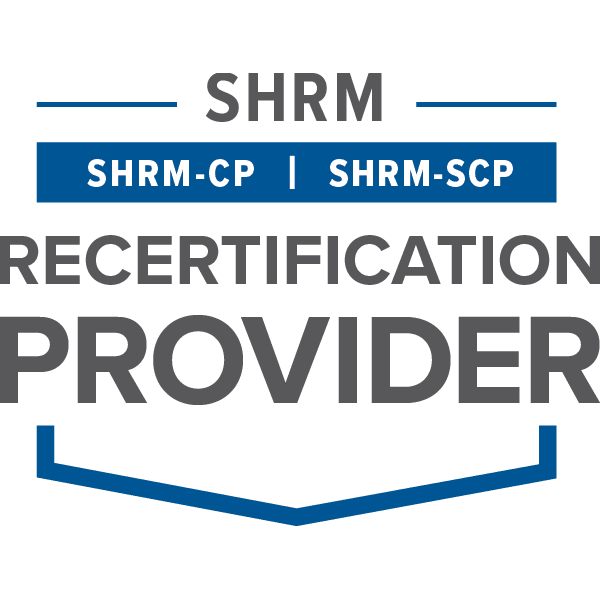By Andre LaFontant
Angela Pitter, Founder and CEO of LiveWire Collaborative, provides her clients with pivotal digital marketing strategy that aims to maximize business growth. Pitter leans on her Boston University Computer Engineering background, as well as her M.S. in Administration with a concentration in Technology & Innovation, to curate a unique perspective and approach to brand development.
It was a joy to speak with Ms. Pitter about the intricacies of brand development, the expansion of her consultancy, and her ideas on effective leadership.
Andre LaFontant: What is the biggest misconception about what you do?
Angela Pitter: I own a Digital Marketing Consultancy and many times business owners are quite unclear on what “digital marketing” entails. Quite often they’re only thinking about social media which is indeed part of it. Digital marketing is defined as “the component of marketing that utilizes internet and online-based digital technologies such as desktop computers, mobile phones and other digital media and platforms to promote products and services.” In other words, if your business can be accessed by a laptop or mobile device, those access points are part of your digital footprint. Therefore, email, website, and yes social media, are all components of your digital footprint. Digital Marketing takes a holistic view by developing a comprehensive strategy for your business that interconnects all these touchpoints in a way that ultimately leads to greater brand awareness and revenue for your business.
Looking ahead in 2020, how can organizations ensure they remain relevant and effective in the D&I space?
Organizations that are unwilling to diversify internally and reflect the demographics of the audiences or customers they serve will languish and fail. The data shows that businesses that have embraced diversity are seeing returns 30% higher than those that don’t. And it can’t be merely saying the words, they must walk the talk and it starts at the top.
What’s one aspect of LinkedIn that you find your clients overlooking or underutilizing?
Most clients generally ignore the basic branding elements of LinkedIn which are your background photo, headline and “about” statement. Your background photo is your virtual billboard, it’s the first visual element to be noticed on your profile. Most business owners never realize this is an opportunity to showcase their services, products or even a place to highlight upcoming events and testimonials.
The second missed opportunity is your “headline”, which is the text right under your name. Often this is a title because LinkedIn will default to the title of your most recent position unless the field is modified. Well, your title is not your brand. Your headline should include 3 elements: clearly identify your value proposition, identify your audience and include outcomes or awards. The idea is to separate you from the pack and, according to LinkedIn, by customizing your headline your profile is 27 times more likely to appear in recruiter searches.
Finally, the last branding element is the “About” section, formerly known as your “Summary”. This is one of the first areas people see when they visit your profile so you need to make an impression. Here you have 2600 characters to expand on the three elements mentioned above for your headline. However, unless you’re able to grab the attention of your audience in the first 1-2 sentences they may not click on “see more” to read the rest.
What element of your past experiences sets you apart from other brand development thought leaders?
My first job was working as a Computer Engineer at a high-tech company. Engineers are trained to solve problems. With my clients, we approach the challenge by understanding the business goals and then determine the best way to meet the goals of the company. Typically that means we need to take a look at not only their digital footprint but that of their competitors. With that assessment, we can identify both the gaps and opportunities. However, many small businesses lack the resources to execute and in those cases, my role is to help them hire or identify and train in-house personnel. We help clients work smarter, not harder.
What skills are necessary to be an effective leader? What do these skills look like in practice?
I was recently reading a book by Jackie Jenkins-Scott, “The 7 Secrets of Responsive Leadership” where she talks about 4 characteristics that the strongest leaders have and those are curiosity, humility, empathy, and resilience. While you can argue whether these are soft skills are not, I completely concur that they are core values any effective leader would espouse. People only do business with people they know, like, and trust. And if you can’t demonstrate humility or empathy when times are good, it’s unlikely that’ll happen when times are tough.
What is the next evolutionary stage of your company?
The next stage for LiveWire Collaborative is to bring additional services like social media management in-house. There is an urgent need for small business owners to outsource their social media management because they’re simply unable to keep up with it in-house. And frankly, that is where it generally falls apart. Consistency is a key ingredient for success and when a business is trying to track its ROI they’re unable to measure success with any certainty.



